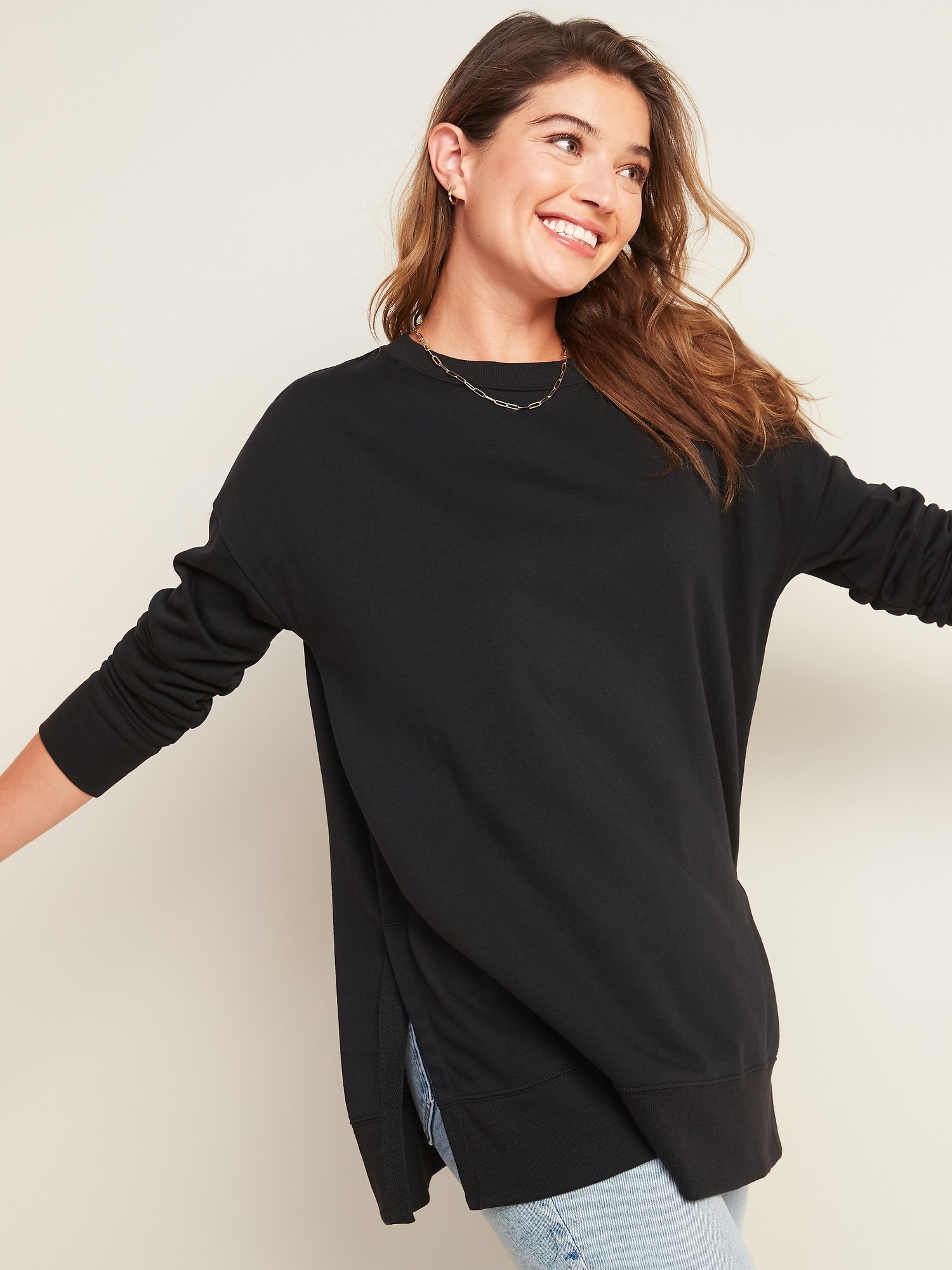Sweatshirts are long-sleeved, pullover tops that are composed of thick cotton. They are generally used as casual clothes but aren't as formal as sweaters or cardigans. They might not come with a hood. If you're thinking of purchasing a sweatshirt , here are a few tips:
The appeal of Norma Kamali was spread by the use of sweatshirts
Since the late 1970s in the late '70s, Norma Kamali has been turning the humble sweatshirt into a work of art. Her designs have become the staple of almost every woman's wardrobe. Her distinct designs vary from a tummy-tucking v neck to leather-paneled sweatshirts. Her clothing is also designed with unusual forms, such as tanks with an oversized trumpet skirt.
A partnership of the designers and the sweatshirt maker Everlast gave rise to her Timeless collection, which was hugely popular when it debuted in Spiegel's spring 2006 catalog. The collection was made up of interchangeable and convertible knits in classic shapes, and many pieces were priced under $20. Even if Kamali's Timeless collection wasn't available in stores, fans could still find the designs for sale on eBay or Poshmark.
Merino wool sweatshirts tend to be more comfortable than soft sweatshirts.
Merino wool is known for its ability to remove moisture that help keep you dry and comfortable. It is a natural fiber that also has a smoother feel. It also drys quickly when compared with other natural material. Furthermore, merino is a sustainable resource. The merino sheep shed their coats each year and grow new ones.

Merino's weight-to-heat ratio is high, and the warmth of wool makes it an ideal material for sweatshirts. It aids in controlling the body's temperature because of its natural loft, which holds heat in the fibers. This is why Merino wool sweatshirts are perfect for summer and outdoor activities such as mountain biking, and running. The warmth it provides helps keep the wearer well-hydrated and cool, something that is crucial when exercising.
Zip-front hoodies feature kangaroo pockets.
Kangaroo pocket hoodies are a popular style of hoodie. They feature a big pocket at the front which keeps your hands warm on chilly days. They're much more practical than traditional pockets because they permit your hands to slide into and out easily.
Kangaroo pockets are usually large enough to accommodate a wallet or some other small items for personal use. They're usually big enough to hold the palm of a hand that is small or even large enough to accommodate two hands. They are wide on either side and make them ideal for carrying small items.
French terry fabric is a popular fabric for sweatshirts.
The French Terry fabric is constructed of soft yarns made into loops, and are usually midweight. It is also known because of its capacity to absorb moisture and is pre-shrunk. French Terry is a fantastic choice for sweatshirts since it will keep you warm when you're in need and helps keep you cool when you're trying to cool off.
sweat shirts is also popular for loungewear, since it has enough stretch and flexibleness to feel great on your skin. It also allows for enough air to circulate through the fabric, which makes it perfect for layering under other clothes. Additionally, since it's lighter than other sweatshirts that you can wear all year round without feeling too warm or cold.
Hoodies are classy and have a connotation of class.
While it may seem that hoodies are simply appropriate clothes for working class people but the truth is that they have a classist connotation. The hooded garment was popular in the late 70s New York, where graffiti artists wore them to hide their identities. In 1976 Hoodies made their main movie debut in "Rocky," when the working-class title character wore grey sweats with hoods during his memorable climb up the steps of the Philadelphia Museum of Art.
Hoodies are usually associated with death, destruction and other negative things, and yet they serve a practical purpose. For instance, priests and monks may wear hoods to show respect and a sense of self-control.
